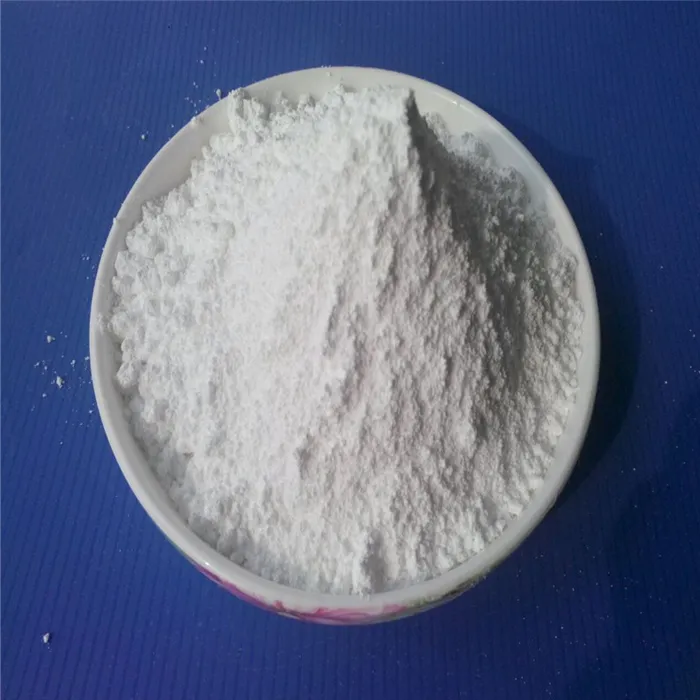Understanding Dry Polyacrylamide Properties, Applications, and Benefits
Polyacrylamide (PAM) is a versatile synthetic polymer widely utilized in various industries due to its remarkable properties. One of its forms, dry polyacrylamide, has garnered significant attention for its effectiveness in numerous applications, from water treatment to oil recovery. This article delves into the characteristics, uses, and advantages of dry polyacrylamide, providing insights into why it is a valuable material in both industrial and environmental processes.
Dry polyacrylamide is produced by the polymerization of acrylamide monomers, which results in a white, granular powder. This form of PAM is favored for its ease of storage and transportation, as it has a longer shelf life compared to its liquid counterpart. When needed, dry polyacrylamide can be easily dissolved in water to form a viscous solution that exhibits excellent thickening and flocculation properties.
One of the primary applications of dry polyacrylamide is in water treatment processes. It acts as a flocculant, aiding in the aggregation of suspended particles in water, allowing them to settle more quickly and efficiently. This application is particularly crucial in drinking water purification, wastewater treatment, and industrial effluent management, where the removal of impurities is essential for maintaining environmental standards and protecting public health.
In addition to water treatment, dry polyacrylamide is widely used in the oil and gas industry
. It is employed as a viscosifier in drilling fluids, enhancing the stability and performance of the fluid while drilling for oil and gas. Furthermore, PAM is utilized in enhanced oil recovery methods, where its ability to increase the viscosity of water helps improve oil displacement, thereby increasing the efficiency of extraction processes.dry polyacrylamide

Agriculture also benefits significantly from dry polyacrylamide. It is applied as a soil conditioner, promoting water retention in arid regions. By increasing soil moisture retention, PAM helps reduce irrigation frequency, conserving water resources while enhancing crop yields. Additionally, it aids in soil erosion control, contributing to sustainable agricultural practices.
The benefits of using dry polyacrylamide extend beyond its immediate applications. Its ability to form gels under certain conditions allows it to create controlled-release formulations in pharmaceuticals. This quality is particularly useful in designing drug delivery systems that provide a sustained therapeutic effect over time.
Moreover, dry polyacrylamide is considered environmentally friendly when used correctly. It is non-toxic and biodegradable, making it a preferred choice for applications that require chemical safety. Its use can lead to reduced chemical consumption in water treatment processes, promoting a more sustainable approach to industrial operations.
In conclusion, dry polyacrylamide is a multifaceted polymer with a wide range of applications across various industries, particularly in water treatment, oil recovery, and agriculture. Its excellent flocculation properties, ease of handling, and environmental compatibility make it an invaluable material in modern processes. As industries continue to seek sustainable and efficient solutions, the significance of dry polyacrylamide is likely to grow, solidifying its role as a key component in technological advancements and environmental management.

